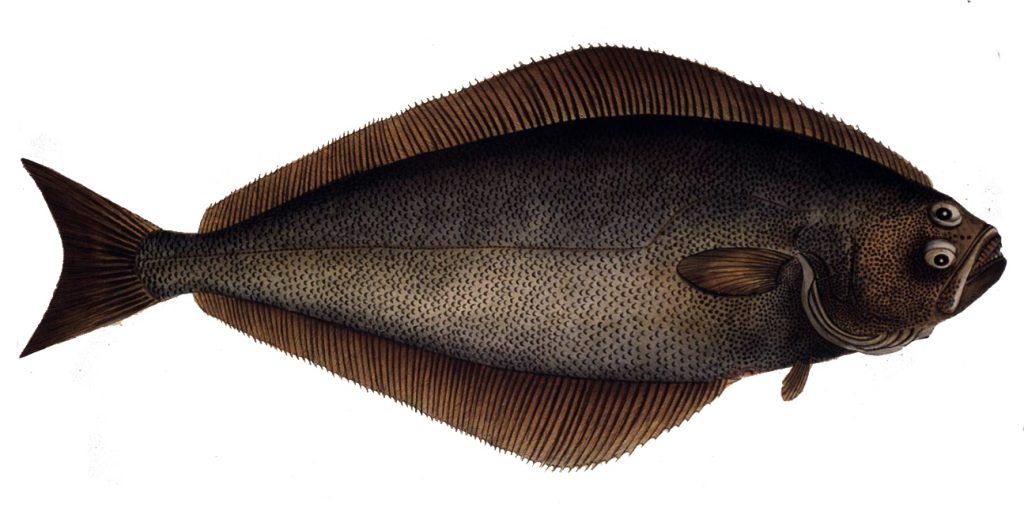
Features
Research
Research aims to maximize growth of juvenile halibut
March 12, 2014 By Bonnie Waycott
 The EU program DIVERSIFY has identified several European species that may have both biological and commercial potential in aquaculture.
The EU program DIVERSIFY has identified several European species that may have both biological and commercial potential in aquaculture.The EU program DIVERSIFY has identified several European species that may have both biological and commercial potential in aquaculture. One aim is to boost development of halibut culture and to further this goal the National Institute of Nutrition and Seafood Research (NIFES) in Norway, together with the Institute of Marine Research, will be carrying out research on juvenile halibut.
“There has been halibut farming on a small scale for a few decades. But it is often challenging to get halibut to grow. The survival at the larval stage and the quality of fry can vary greatly, and the growth after the juvenile stage is often poor. As a result, the production volume is low,” says Kristin Hamre, coordinator for the project at NIFES.
In the years leading up to 2018, Hamre and her research colleagues at NIFES are hoping to find solutions that could help lift the halibut out of puberty. One of the biggest challenges is to ensure that the fish gets the right nutrition, which is a major cause behind the difficult and variable growth.
“One of the aims is to find a method that would make it possible to give the halibut dry food all the way from the larval stage. In theory, this should be possible after 20 days, as with cod. But currently, farmed halibut is fed Artemia for 70 days,” says Hamre.
The researchers are also going to test feeding the halibut ongrowing Artemia (Artemia that have been cultivated for four days), which has proven to produce a better quality juvenile.
The researchers will also use water recirculation to enrich water quality for the fish. With recycling technology and the use of a biological filter, only a small part of the water will be replaced each day. This will make the bacteria flora in the water richer and more stable than it would have been otherwise.
“Amongst other things, we will look at whether this affects the halibut’s bacterial flora and gut function, so that it utilizes the nutrients better. If this is the case, it can have impact on the growth,” says Hamre.
A total of 38 partners from 12 European countries contribute to the DIVERSTY programme.
Print this page





